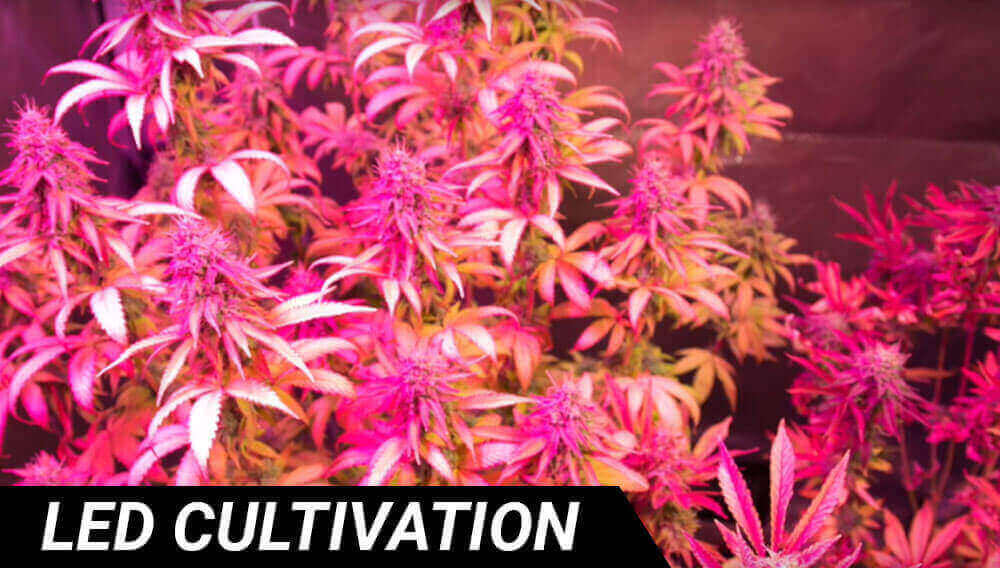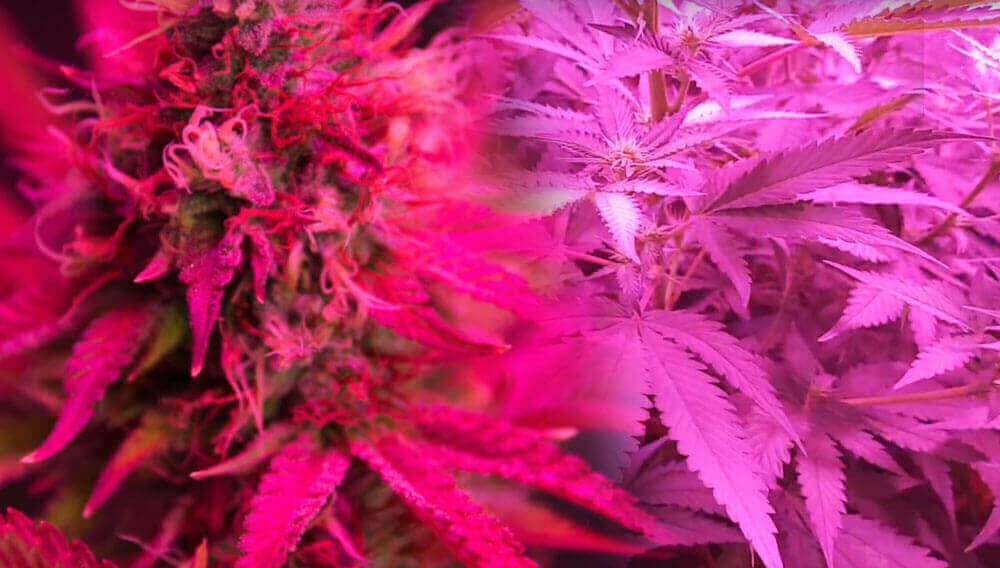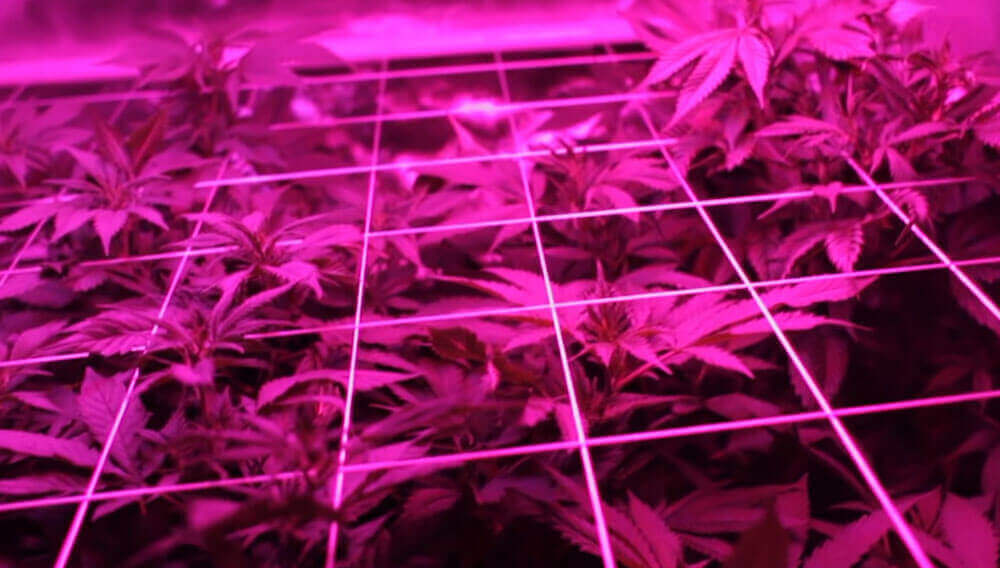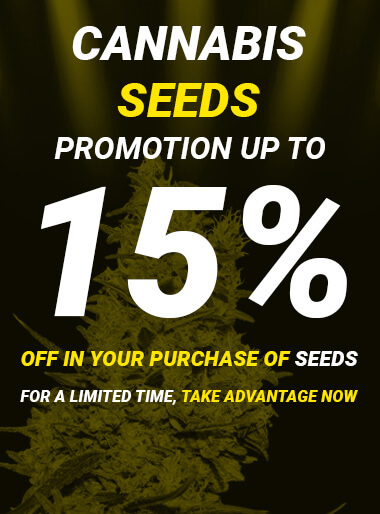This post’s focused on the main characteristics of LED growing, step by step – pros, cons, warning, future prospects.

LED growing
LED’s the future of indoor growing – energy saving for lower electricity bill, more environmentally-friendly/sustainable; LED’s more productive – best quality-price ratio method (lower cost, higher efficiency). In places with further marijuana-growing professionalization (Canada, USA), most of grows deal with LEDs – LED boards are much more expensive than HPS; next, how to deal with LED growing – step by step, pros, cons.
Step by step
- Get a LED board and the rest of necessary equipment for traditional growing.
- Mount an indoor growing room/tent.
- Place the LED boards 5-7 cm on the seedlings – when slightly grown, 10 cm on strain cups (much closer than HPS; LED heat’s minimum and doesn’t burn the strains).
- As well as marijuana, 18 light hours for growing and 12 for flowering – the rest’s totally dark.
- LED provides faster growth – for proper growth, reduce the growing stage (1/2 weeks).

Pros, cons, tips
Many different pros: LED produces up to 2 gr/W – sodium (HPS), up to 1 gr/W; LED board works up to 11 years, fully functional, no light loss – traditional sodium bulbs start weakening from day one; LED consumption’s three times less than sodium; LED’s not heating (no constant ventilation system) and sodium needs ongoing ventilation (extractor/intractor) because indoor temperature’s too hot – LED minimum heat doesn’t need ongoing ventilation and is suitable for growing in warm-climate zones.
However, LED growing’s prone to pest attacks (light colors); no heat, so, in cold places, heating’s necessary – hotter growing; colder temperature means more humidity – dehumidifier, for excess humidity; expensive LED boards keeps them behind sodium – cheaper, traditional, old sodium bulbs among many growers (LED investment’s immediately recovered by lower electricity bill and abundant quality crops).

Future perspectives
Gradually, more and more companies are commercializing LED boards for indoor growing, but the prices are still very expensive; LED systems are being studied and developed for a maximum efficiency-minimum price formula. Nowadays, growing LEDs are extremely expensive – really competitive prices come from China (no warranty); it will be time for kind-of-guaranteed cheaper LEDs – now it’s time to wait, make a high quality-assurance investment, or try online, cheap, functional LEDs (most of growers keep using the traditional sodium growing).
With cheaper prices, LED growing will have no competition ever – by far, the best option for our pockets and for the planet.



